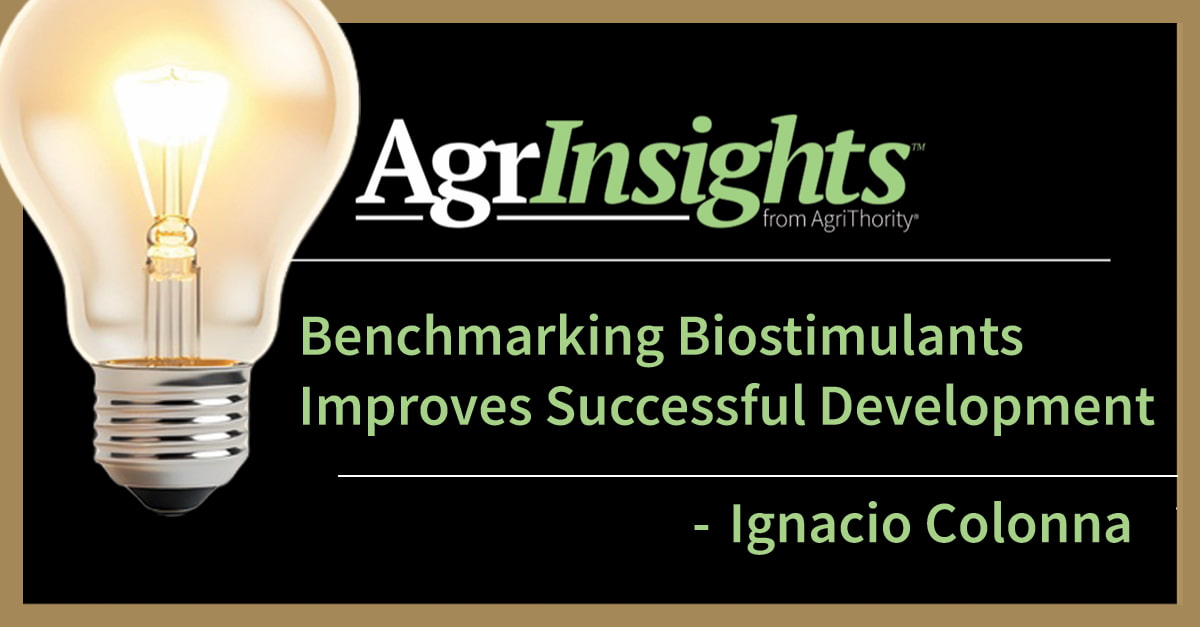Soil is the Source™ of nearly all the food we consume and is one of our greatest natural resources. As stewards of the land, producers value their soil and actively work to protect it, but they also need to optimize productivity of their soil. Although soil itself is not a living organism, it contains a thriving community of microorganisms, insects and worms that also require sustenance–including water, nutrients, oxygen and carbon sources. Producers are very adept at managing their crops and now are focused on developing strategies to also manage this critical soil resource. Sometimes, farmers are focused on solving problems associated with soil to help improve optimized crop growth, e.g. water drainage, salinity, and pH are just a few examples. Solutions are often readily available for these challenges. However, improving soil health is much more complex. As the farming industry progresses, it needs to focus on solutions and technology that benefit soil health with clear and tangible benefits.
Microorganisms
What do all microorganisms in the soil provide? They are the workhorses that make farming possible. They break down organic matter, sequester carbon, release substances that stabilize soil aggregates and improve structure, and mineralize carbon and nutrients to be available to soil organisms and plants. Often, there is a mutually beneficial relationship between plants and microbes to ensure the success of both. In most cases, the more active the microbial community in the soil, the better the crops will perform, and the healthier soils will be. As we know, improved soils raise improved crops. The below-ground environment is essential for our success.
One key principle in crop production was popularized by Justus von Liebig. This ‘Liebig’s Law of the Minimum’ states that a crop’s yield will be determined by the most limiting nutritional element. We can often see or easily identify several factors that adversely affect crop growth and yield including weather, plant population, weed competition, pest infestations along with many other not so obvious factors such as nutrient levels in the complex growing environment. Soil health may be the most critical limiting factor to productivity. Soil is not only there to anchor the plant and provide access to water, it also contributes significantly to nutrient availability, root growth and overall plant health.
How do farmers impact soil health?
Many farmers are experts at the fundamentals of soil health, measuring relevant indicators of soil health and deploying practices that improve soil health. Crop input companies should ensure products fit into the soil health paradigms farmers follow.
- Farmers evaluate soil quality by monitoring soil indicators such as organic matter, pH, salinity (electroconductivity), bulk density, water infiltration and nutrient levels. In addition to physical and chemical properties, healthy soil must also sustain high levels of microbial activity.
- They assess microbial activity. Today there are companies that assess, identify, and describe microbial activity and its output. These tests include measuring soil respiration or carbon mineralization, nitrogen mineralization, availability of active and soluble carbon, aggregate stability as well as bacterial and fungus characterization. These soil tests have become common with recognizable names that include Solvita, SLAN, ISNT, Haney, Cornell, and PLFA. In the last decade, DNA testing procedures are increasing in popularity to evaluate the soil microflora and identify the various organisms and their functions.
- Farming practices and product use have changed over the years. Many growers have adopted agronomic practices that work to improve soil properties, increase organic matter and microbial feedstock, thus enhancing microbial activity. The three most common practices are:
- Adopting conservation tillage or no-till
- Planting cover crops to reduce erosion and provide biomass in the rootzone
- Applying animal manures and compost that improves organic matter and nutrient density
Additional practices include:
- Increasing the number of crops grown on that field in rotation
- Using a biological product to stimulate and enhance the microbiome, feed the microbiome, shift the microbiome, and finally, leverage newer products to provide supplemental nitrogen or improve phosphate availability.
Aligning Product Claims and Farmer Paradigms
More work needs to be done on product evaluation and positioning to ensure the right product is applied to the right acre. Crop growing environments vary greatly and companies should position products to solve problems farmers are facing on their farms. With the more than 1,200 companies producing biological products identified in the 2023 Ag Biologicals Landscape by Mixing Bowl Hub and counting, farmers are inundated with products that claim to benefit soil and plant health. The key is to determine how your product is differentiated from the rest through thorough product development and highlight the precise solution and areas the product fits. Farmer education on the product use and Best Management Practices to improve innovation adoption on farms.
For more discussion about how to develop and position products that benefit soil health, contact Luke.Samuel@agrithority.com.
Soil is the Source™ is an AgriThority® initiative supporting development of new technologies from all around the world to help farmers improve soil productivity for greater yields and profit.


